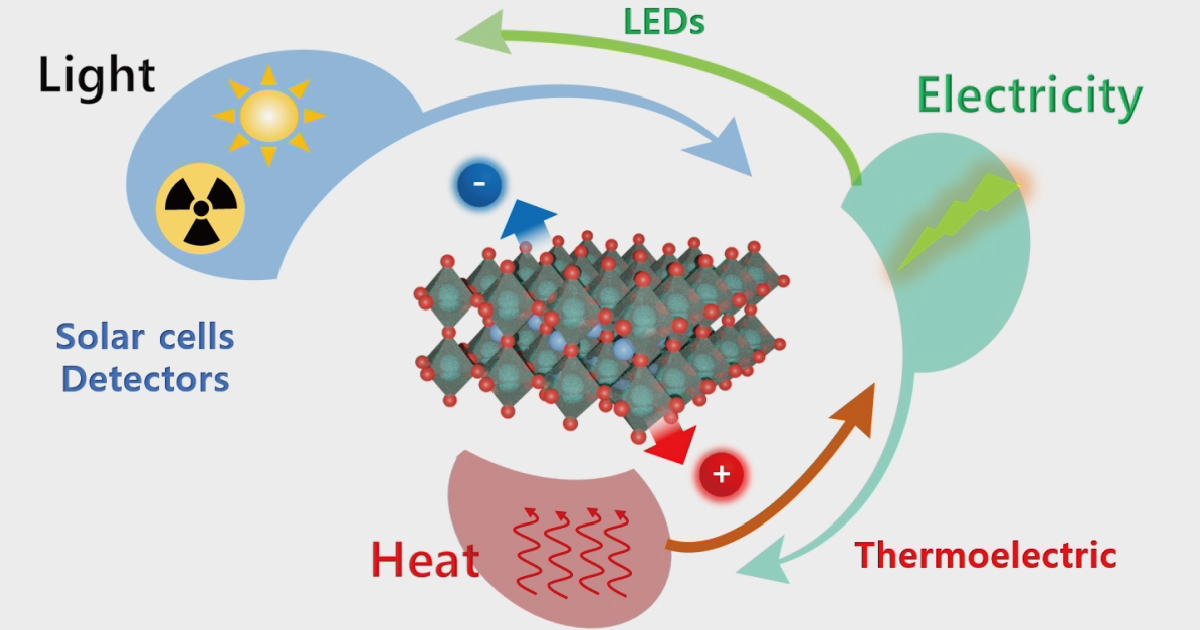Perovskites for Energy Applications
Topic Information
Dear Colleagues,
Exploring prospective materials for energy production and storage is one of the biggest challenges of this century. Perovskites are promising key materials for energy applications.
The modern society enjoys more material abundance and convenience than ever before in human history because the Si-based optoelectronic technologies enable the manipulation of photons and electrons. Through the n-type or p-type Si, diodes and transistors have been demonstrated and, consequently, the Si industries have been boosted to date. Due to the continuous development of Si industries, we conveniently sustain our daily life using computers, televisions, smart phones, car navigations, etc., which require Si-based semiconductors such as diodes, transistors, memories, and image sensors and electricity for their operation.
Although we are still living in the Si era and Si will be used for a long time, Si does not have abundant degree of freedom in terms of material design because it has a diamond crystal structure, which is composed of a covalent bond between the same Si atoms. Accordingly, there is no degree of freedom to control its optical, physical, and electronical properties by compositional and structural engineering except for substituting the Si with other elements such as B, Al, N, and P. In addition, the diamond structure makes it difficult to form an atomic scale thin film such as graphene and transition metal dichalcogenides with hexagonal structures.
To date, metal halide perovskites (MHPs) with AMX3 (A = monovalent cation such as alkyl ammonium and alkali metals, M = divalent metal such as Pb, Sn, and Ge, and X = halogen such as Cl, Br, and I) and metal halide pseudo-perovskites such as A3B2X9 (B = trivalent metal such as Sb and Bi) with a layer or dimer structure have attracted attention because of their unique properties such as a high degree of freedom in material design due to the almost infinite possible combinations of perovskites using compositional and structural engineering, strong absorption coefficient due to direct bandgap, ambipolar charge transportability due to the formation of Wannier excitons, long charge carrier diffusion length due to the small trap densities caused by ionic crystal behavior, quantum-well-like crystal structure, and solution processability.
Unlike the Si, with three-dimensional interconnected diamond structures, MHPs can have 0-, 1-, 2-, and 3-dimensional crystal structures, and their shapes are also controllable to nanodots, nanorods, nanowires, nanoplates, and bulk crystals. Hence, it is expected that the photons, electrons, and phonons are controllable by MHPs with controlled dimensions, structures, compositions, shapes, and morphologies.
Therefore, this Topic targets all new developments in perovskite materials with the goal of using them as efficient energy supply, such as optolectronic applications of metal halide perovskites such as perovskite solar cells, LEDs, photodetectors, X-ray detectors, phosphors or scintillators, thin-film transistors, photo rechargeable batteries, photo rechargeable supercapacitors, etc.
Prof. Dr. Sang Hyuk Im
Dr. Se-Woong Baek
Topic Editors
Keywords
- perovskite
- metal halide perovskites
- solar cells
- photovoltaics
- batteries
- LEDs
- light-emitting diode
- photodetectors
- image sensors
- X-ray detectors
- phosphors
- transistors
- supercapacitors
- energy conversion
- energy storage
